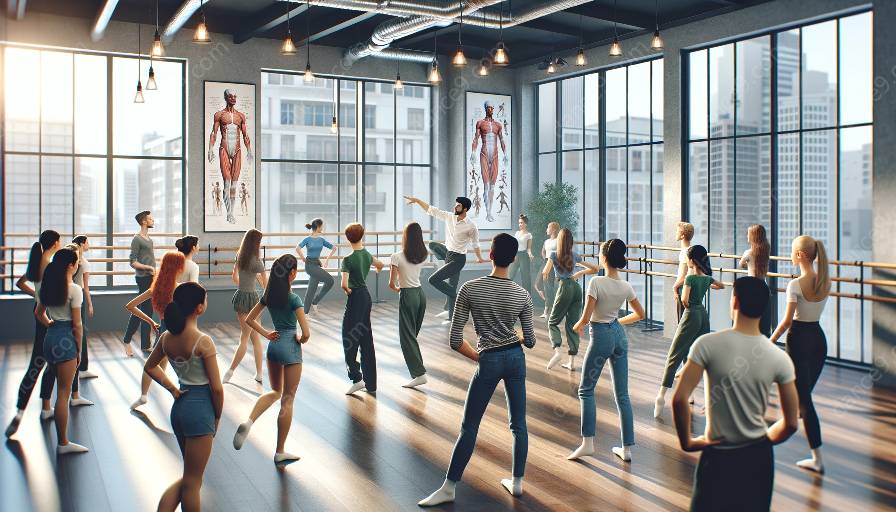Dance teaching has evolved over the years, embracing various methodologies to enhance the learning experience for students. With the advancement of technology, the integration of digital tools and platforms into dance education has become increasingly prevalent, revolutionizing the way dance is taught and learned.
When exploring the topic of integrating technology in dance teaching, it's essential to consider the various dance teaching methodologies and how they intersect with technological advancements. Different dance teaching methods, such as the Vaganova method, Cecchetti method, Bournonville method, and others, have unique approaches to teaching dance techniques and styles. The integration of technology can complement these traditional methodologies by offering innovative ways to demonstrate, analyze, and learn dance movements.
Moreover, technology brings a new dimension to dance education and training by providing access to a wide range of resources and instructional materials. Online platforms offer virtual classes, instructional videos, and interactive tutorials, making dance education more accessible to students regardless of their location. This accessibility contributes to the democratization of dance education, allowing individuals from diverse backgrounds to engage in high-quality training and learning experiences.
Furthermore, the incorporation of technology in dance teaching enables personalized learning experiences. With the use of motion-capture technology and virtual reality applications, students can receive personalized feedback on their movements and techniques, enhancing their understanding and mastery of dance skills. Additionally, digital tools facilitate the creation of customized practice routines and exercises tailored to individual student's needs, fostering a more effective and engaging learning environment.
As technology continues to advance, it also opens up avenues for creativity and expression within dance education. Choreographers and instructors can utilize multimedia platforms to conceptualize, document, and share choreographic works, expanding the creative possibilities in dance teaching. Additionally, the integration of music editing software, visual effects tools, and dance notation software empowers dancers and educators to explore new artistic expressions and enhance the overall learning experience.
Technology-enhanced dance teaching also plays a significant role in promoting interdisciplinary collaborations. By integrating digital arts, such as multimedia design, interactive installations, and digital performances, with traditional dance pedagogy, educators can enrich students' understanding of the interdisciplinary nature of dance as an art form. This holistic approach encourages creative exploration and critical thinking, fostering a deeper appreciation for the fusion of technology and dance.
It is important to acknowledge the impact of technology integration on dance teaching methodologies and their implications for the future of dance education and training. In this context, dance educators and institutions must adapt their curricula and instructional approaches to leverage the potential of technology while preserving the core principles of dance pedagogy. Embracing technological advancements requires thoughtful consideration of how to maintain the integrity of traditional teaching methods while harnessing the benefits offered by digital tools and platforms.
In conclusion, the integration of technology in dance teaching represents a transformative force that aligns with the evolving landscape of dance education and training. By embracing digital innovation, dance educators have the opportunity to enhance instructional practices, expand access to learning resources, and cultivate creative and interdisciplinary learning environments. As technology continues to reshape the field of dance, it is essential for educators and practitioners to embrace these advancements while upholding the rich traditions and values of dance pedagogy.















